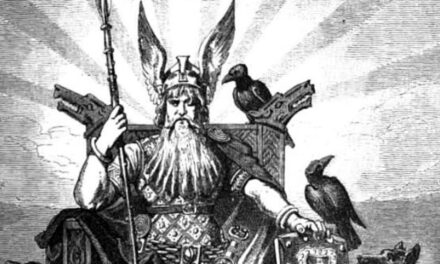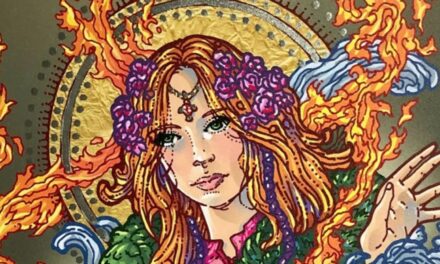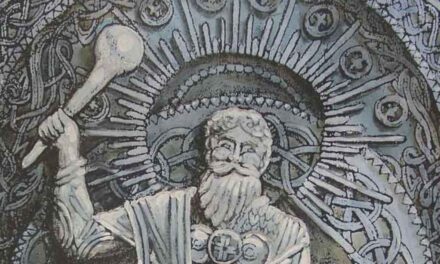Introduction
Beneath the grand cathedrals, within the rhythm of the liturgical year, and woven into symbols we often take for granted, the whispers of older religions can still be heard. Christianity, though framed as a monotheistic faith, carries within it the echoes of ancient pagan practices, festivals, and deities — traces of a world that once revered nature, cycles, and many gods. These echoes are subtle, yet they reveal how spiritual traditions adapt, survive, and interweave across time.
Pagan Roots and Transformations
When Christianity spread through Europe and the Mediterranean, it encountered societies steeped in polytheism: Romans, Celts, Germanic tribes, and others who had long honored multiple deities and natural spirits. Rather than erase all old customs, early Christian leaders often absorbed and transformed pagan rituals into Christian practice.
- Festivals and Holy Days: Many Christian holidays correspond to former pagan celebrations. Christmas aligns closely with Saturnalia and the winter solstice, integrating the symbolic rebirth of the sun into the story of Christ. Easter retains symbols of fertility and renewal — eggs, hares, and springtime rituals — echoing pre-Christian spring festivals that celebrated life, growth, and the cycles of nature.
- Sacred Spaces: Churches were often built atop former pagan temples or sacred groves, preserving sites already considered spiritually potent. In doing so, Christianity inherited the landscape of sacred geography, transforming it with new theological meaning while maintaining the human need to honor place.
- Saints and Deities: In some cases, Christian saints took on attributes of older gods or goddesses. For example, Saint Brigid of Ireland mirrors the Celtic goddess Brigid in her association with poetry, healing, and protection. In Italy, local goddesses were recast as protectors of towns or fields, blending old reverence with new doctrine.
- Rituals and Symbols: Processions, candle lighting, bonfires, holy water, and the veneration of relics can all be traced to earlier pagan ritual practices. They were adapted to Christian theology but retain their performative, communal, and symbolic essence from pre-Christian traditions.
Modern Reflection
Even today, Christianity bears these pagan traces. Festivals remain tied to natural cycles, saintly veneration retains echoes of divine archetypes, and seasonal rituals continue to celebrate themes of life, death, and renewal. Understanding these continuities allows a richer perspective on how human spirituality evolves — not by erasing the past, but by layering new meaning atop it.
For example, while attending a Christmas midnight mass, one might notice the glow of candles, the evergreen wreaths, and the timing near the solstice — practices rooted in ancient rituals meant to honor the return of light. Similarly, Easter traditions of eggs and rabbits echo fertility rites, reminding us that cycles of life and renewal were sacred long before the Christian narrative framed them differently.
Conclusion
Paganism has not disappeared; it has transformed, hiding in plain sight within Christian practice. The echoes of old gods, sacred fires, and seasonal festivals still shape modern devotion, sometimes consciously, sometimes unknowingly. And so we can ask: when we celebrate, pray, or honor the sacred today, how much of what feels “ancient” is really inherited from the voices of the gods that came before?





